Pitcher Plant Fertilizer: When And How To Fertilize A Pitcher Plant
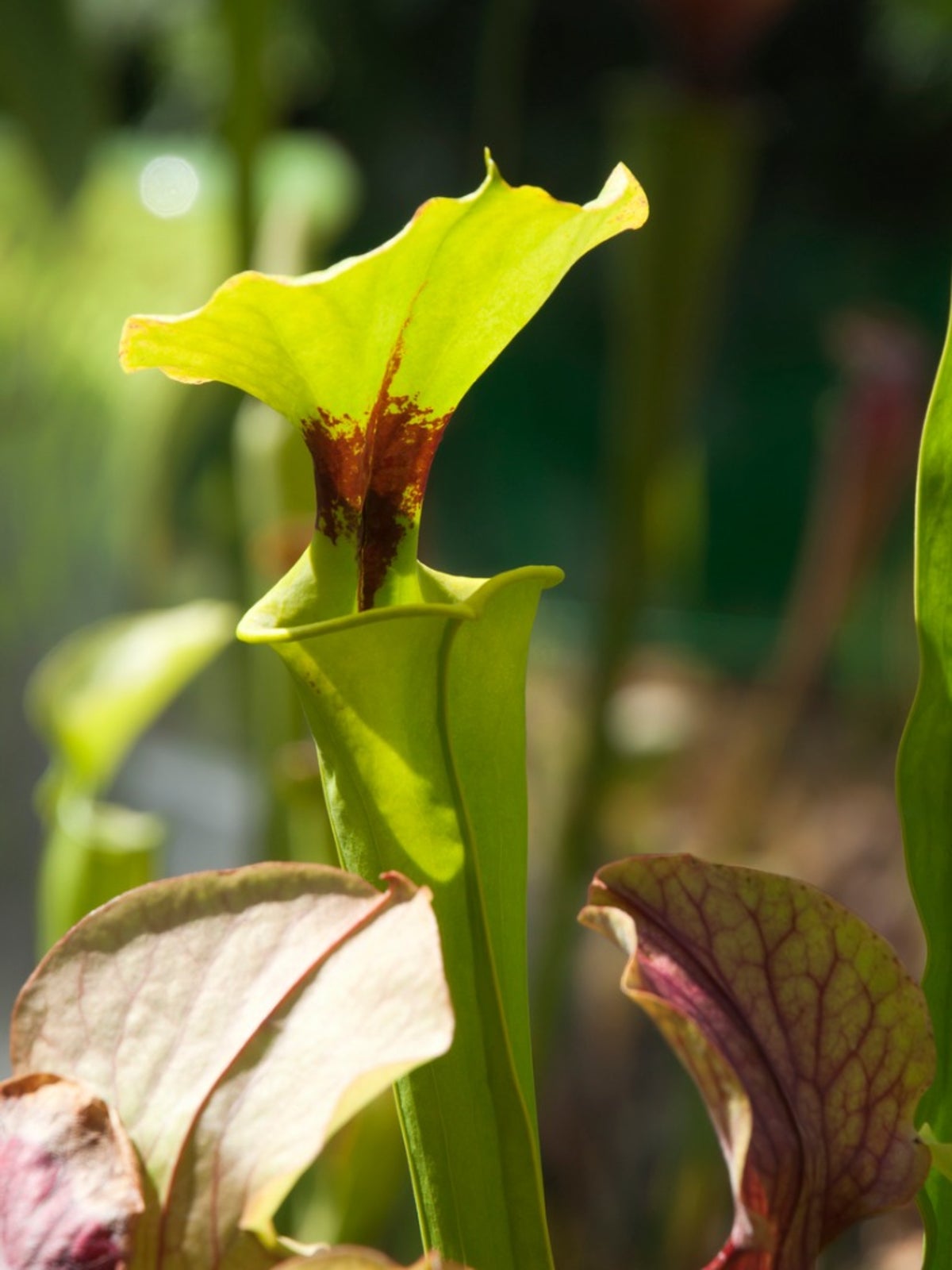

Pitcher plant care is relatively easy and they make interesting houseplants or outdoor specimens in milder climes. Do pitcher plants need fertilizer? In ideal conditions, the plant makes all the food it needs by supplementing with insects that provide nitrogen. Indoor plants may need a little help in the nitrogen department. Find out how to fertilize a pitcher plant and enjoy the distinctive appearance and habits of this amazing species.
Do Pitcher Plants Need Fertilizer?
Sarracenia is a large group of carnivorous plants found across the globe. More commonly known as pitcher plant, the genus is formed of plants that have found a unique way to survive in low nutrient soil. Sarracenia are North American natives. Nepenthes are the tropical varieties of the pitcher plant, which need warm weather and plenty of humidity. The plants harvest insects by trapping them in their pitcher-shaped leaves. The insects provide nitrogen for the plant's growth and health. In the wild, they thrive without anyone feeding, but potbound plants will benefit from additional nutritional supplementation. Seedlings also need some food in addition to their soil medium since they do not have properly formed pitchers in which to catch gnats and other tiny insects.
Basic Pitcher Plant Care
Use any porous potting mix, such as orchid mix, for growing pitcher plants. It should be slightly acidic and well-draining. Plant pitcher plants in an unglazed ceramic pot with good drainage holes. Both groups of the plant require plenty of water and should never be allowed to dry out. They love to be in a dish of water or even at the edge of a water garden. An important part of pitcher plant care is the type of water. These plants are sensitive to tap water and should be in contact with distilled or rainwater only. Full sun locations are preferable with some shelter from the harshest midday rays. Outdoor plants have plenty of opportunities to catch flies while indoor plants may need you to hunt for them. Without supplemental insects, fertilizing pitcher plants is necessary to keep them healthy.
How to Fertilize a Pitcher Plant
Pitcher plants should not be fertilized over the soil. The plants are used to low nutrient soil in their native habitats and excess nutrients can actually kill them. Instead, if the plant is doing poorly, try to feed it an insect via the pitcher structures or add diluted liquid fertilizer directly into the tubular leaves. A high nitrogen pitcher plant fertilizer is perfect to fulfill the plant's needs. A mild fish fertilizer diluted by one-quarter every two to four weeks can be added to the pitcher. Young plants and seedlings benefit more from fertilizer and may be soil fed. Dilute by half and follow any soil feeding with a drench of rainwater or distilled water. Make sure the pitcher is at least half full before fertilizing pitcher plants. Outdoor plants should be fine without extra feeding, provided they are in moist, acidic soil and bright light. Some commercial formulas that work well as pitcher plant fertilizer are Osmocote, Miracid, and Miracle Grow. Don't forget to dilute the fertilizer heavily with mineral-free water.
Gardening tips, videos, info and more delivered right to your inbox!
Sign up for the Gardening Know How newsletter today and receive a free copy of our e-book "How to Grow Delicious Tomatoes".

Bonnie Grant is a professional landscaper with a Certification in Urban Gardening. She has been gardening and writing for 15 years. A former professional chef, she has a passion for edible landscaping.
-
 Moody Blooms For Spring: 8 Types Of Black Flowers To Add Drama To Spring Displays
Moody Blooms For Spring: 8 Types Of Black Flowers To Add Drama To Spring DisplaysFrom midnight burgundies to inky violets, several types of black flowers can enrich and embolden a spring display. Try these brooding bloomers for a moody garden
By Tonya Barnett
-
 Can Snake Plants Live Outside? Everything You Need To Know For Snake Plants Al Fresco
Can Snake Plants Live Outside? Everything You Need To Know For Snake Plants Al FrescoSnake plants can live outside given the right conditions, but be careful that they don't take over! Learn the best way to use snake plants in your landscape.
By Mary Ellen Ellis
-
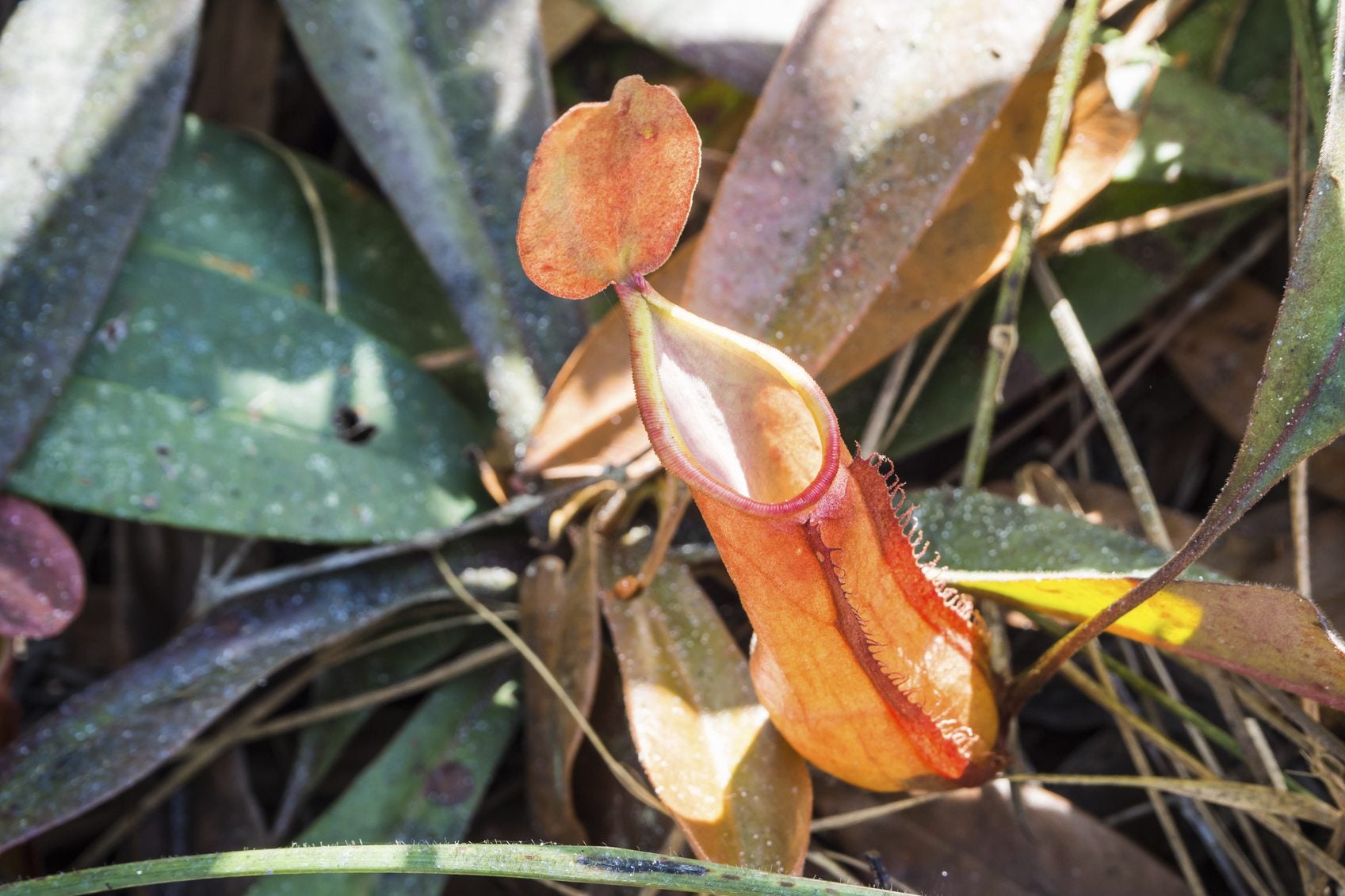 Black Pitcher Plant Leaves – Why Nepenthes Leaves Are Turning Black
Black Pitcher Plant Leaves – Why Nepenthes Leaves Are Turning BlackPitcher plant has specific needs, and it lets you know with alarming clarity when those needs aren't being met. This article explains what to do when you find your pitcher plant's leaves turning black. Click here to learn more.
By Jackie Carroll
-
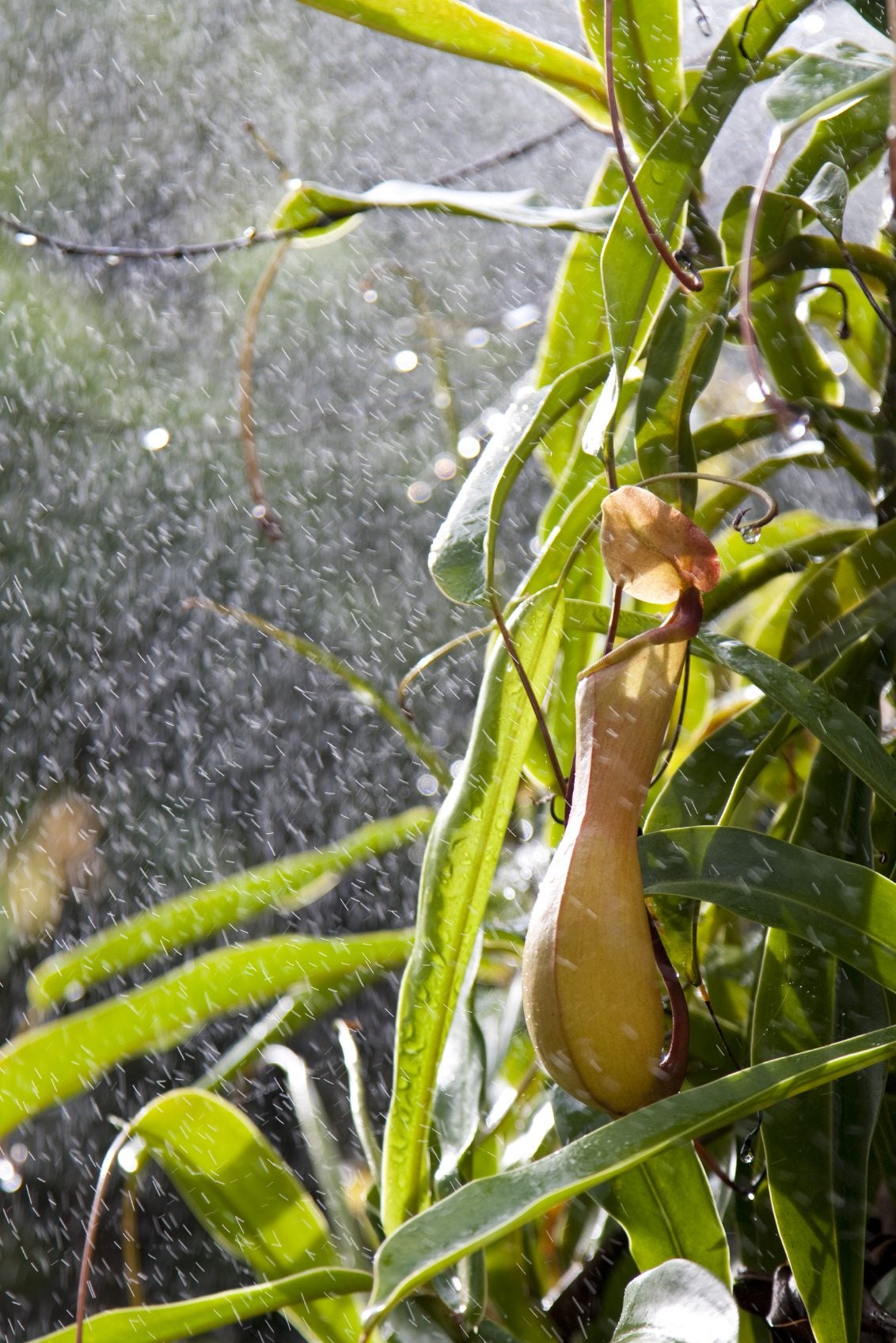 Watering Nepenthes – How To Water A Pitcher Plant
Watering Nepenthes – How To Water A Pitcher PlantThere are many types of exotic pitcher plants, all surprisingly easy to grow once you learn how to meet the plant's basic needs, including proper pitcher plant watering. Click here to learn what's involved in watering a pitcher plant.
By Mary H. Dyer
-
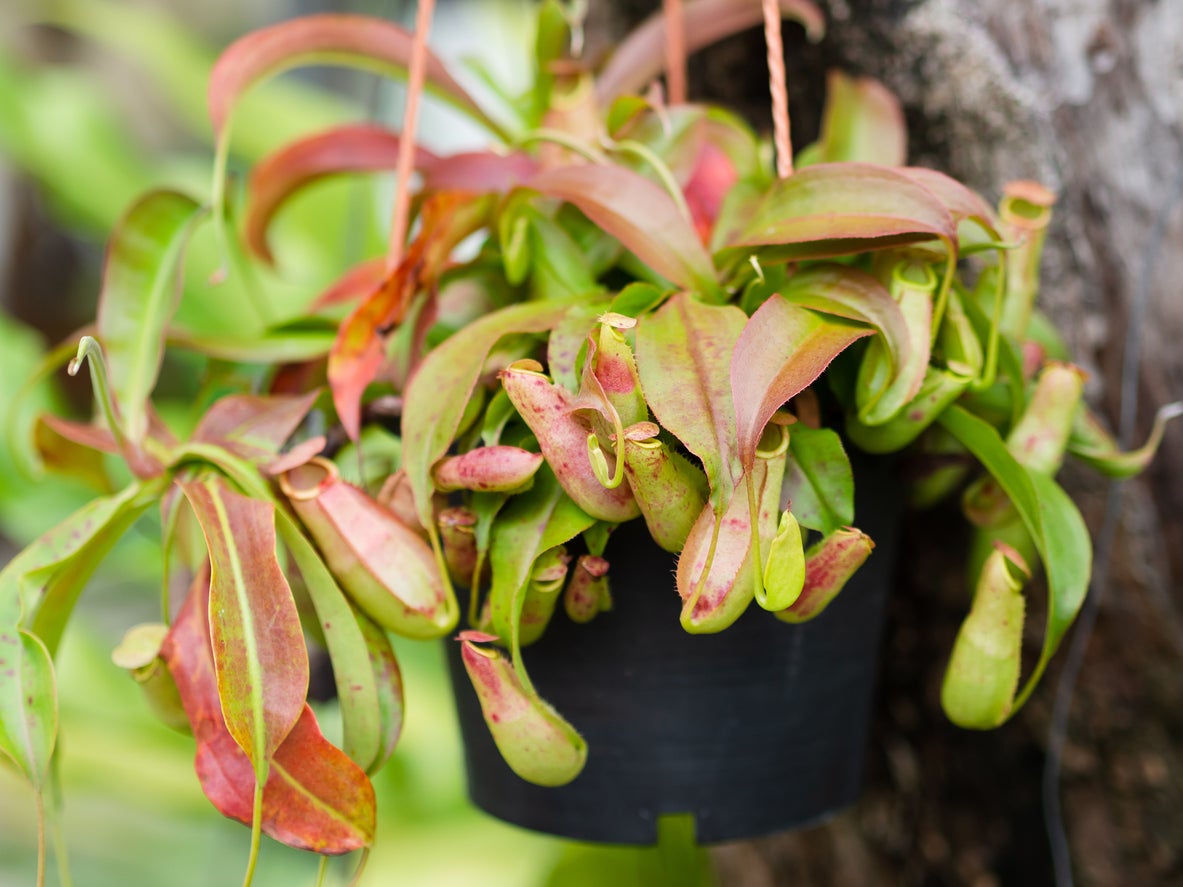 Nepenthes Pitcher Plants: Treating A Pitcher Plant With Red Leaves
Nepenthes Pitcher Plants: Treating A Pitcher Plant With Red LeavesNepenthes pitcher plants are often grown as houseplants. If you own one, you may see your pitcher plant leaves turning red. There are various possible reasons for a pitcher plant with red leaves; some require fixing, some do not. Click here to learn more.
By Teo Spengler
-
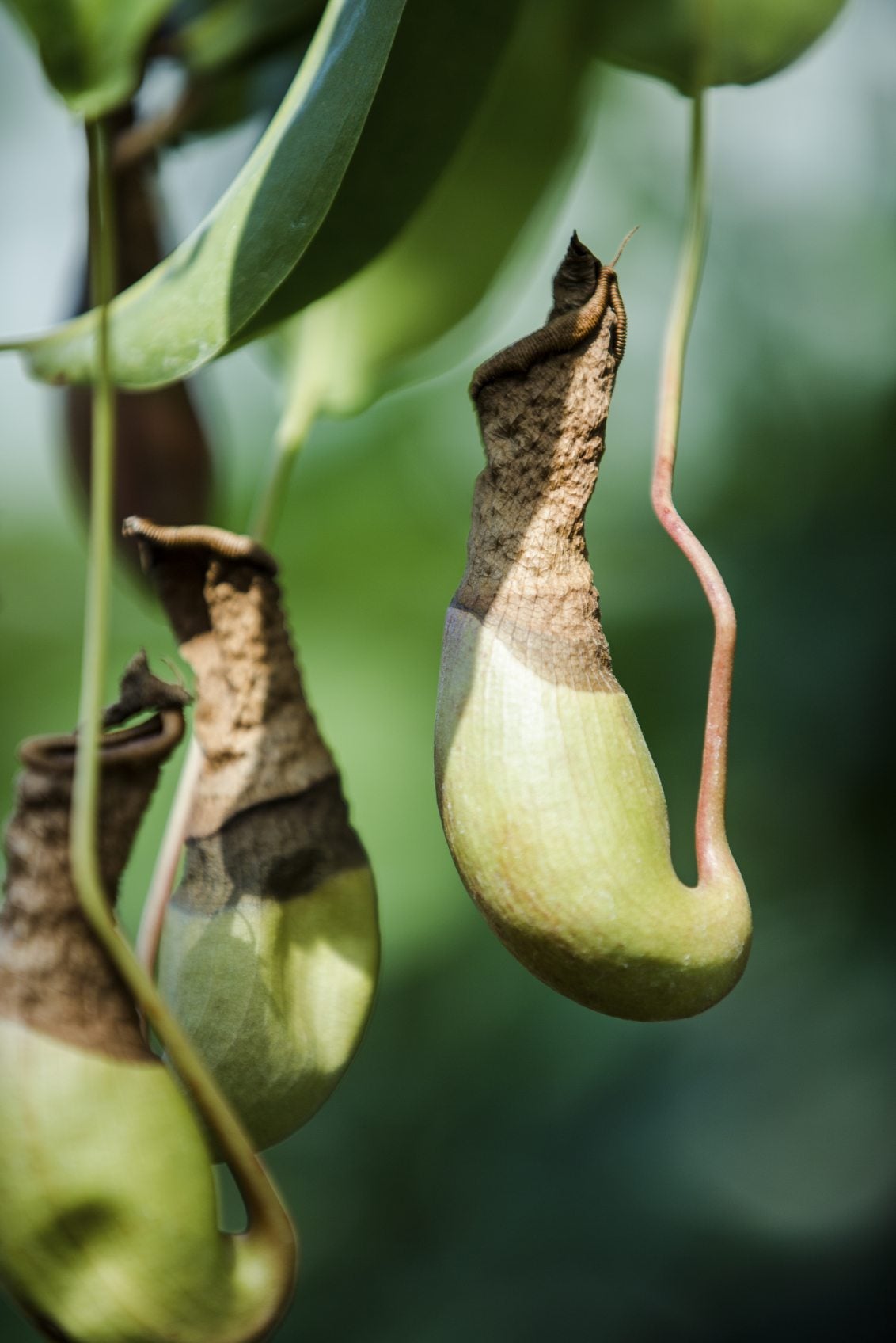 Pitcher Plant Pest Control: Learn About Pests Of Pitcher Plants
Pitcher Plant Pest Control: Learn About Pests Of Pitcher PlantsPitcher plants are exotic, fascinating plants, but they're prone to many of the same problems that affect any other plant, including pests. If you're wondering how to get rid of bugs on carnivorous plants, it can be tricky. Click here to find out why.
By Mary H. Dyer
-
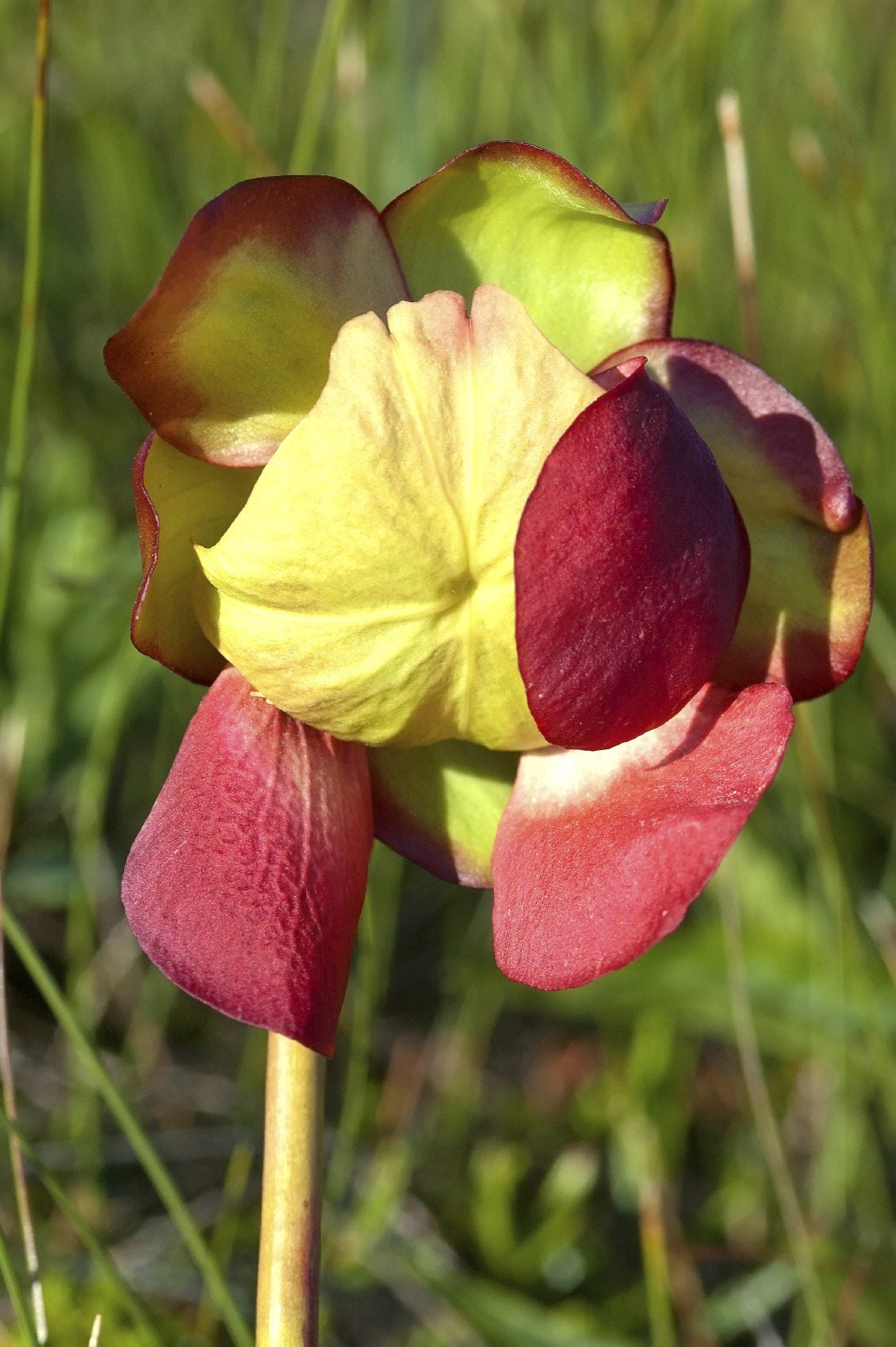 Do Pitcher Plants Bloom: Learn About Pitcher Plant Flowers
Do Pitcher Plants Bloom: Learn About Pitcher Plant FlowersDo pitcher plants bloom? They certainly do, and pitcher plant flowers are just as fascinating as the colorful, mysterious pitchers. Click on this article for more pitcher plant flower information. You'll be amazed at how lovely their flowers are.
By Mary H. Dyer
-
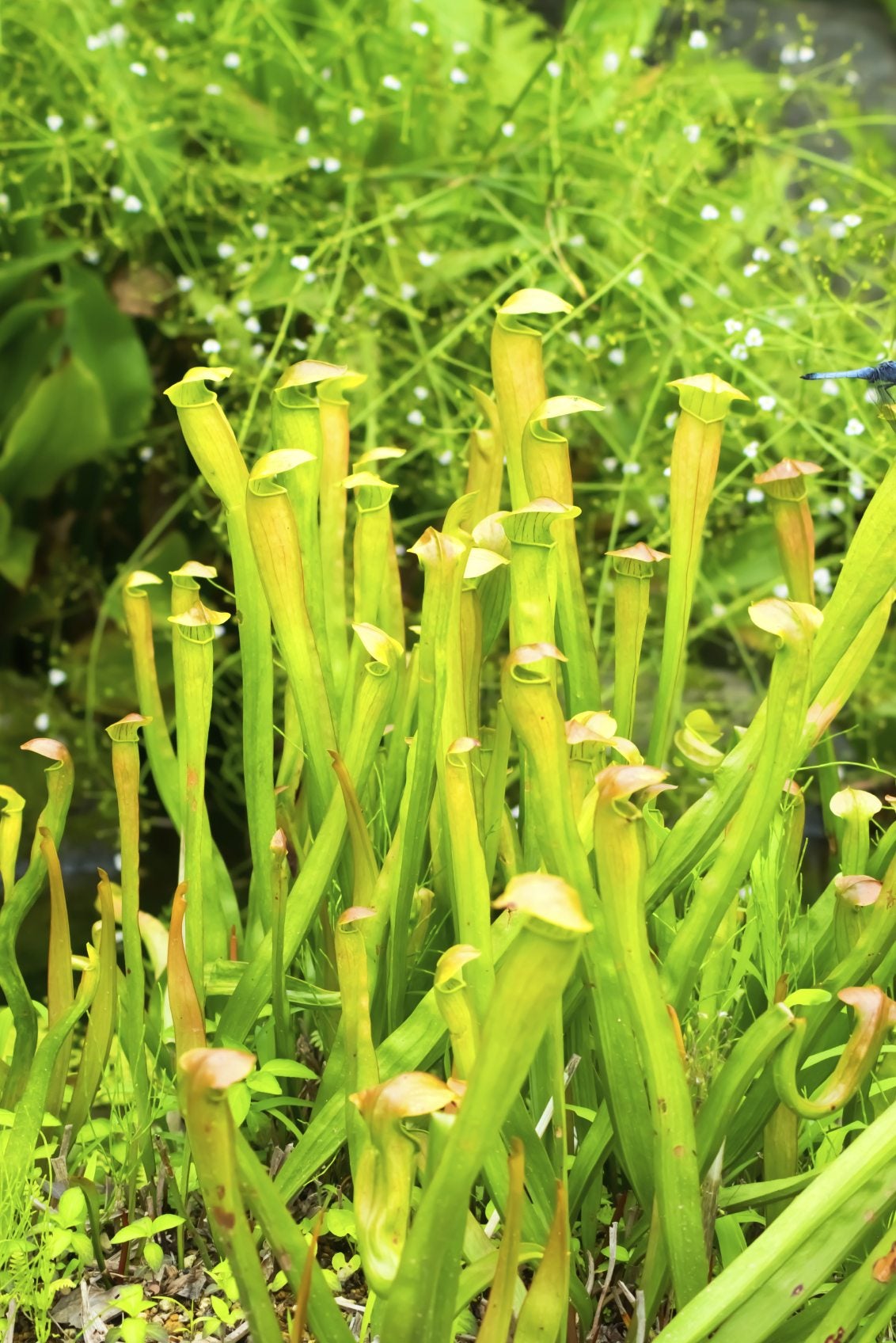 Pitcher Plant Info: Growing Pitcher Plants In The Garden
Pitcher Plant Info: Growing Pitcher Plants In The GardenGrowing pitcher plants outdoors requires a combination of conditions quite different from ordinary garden plants. To learn what these plants need to grow outdoors, click on the article that follows for additional information.
By Karen Boness
-
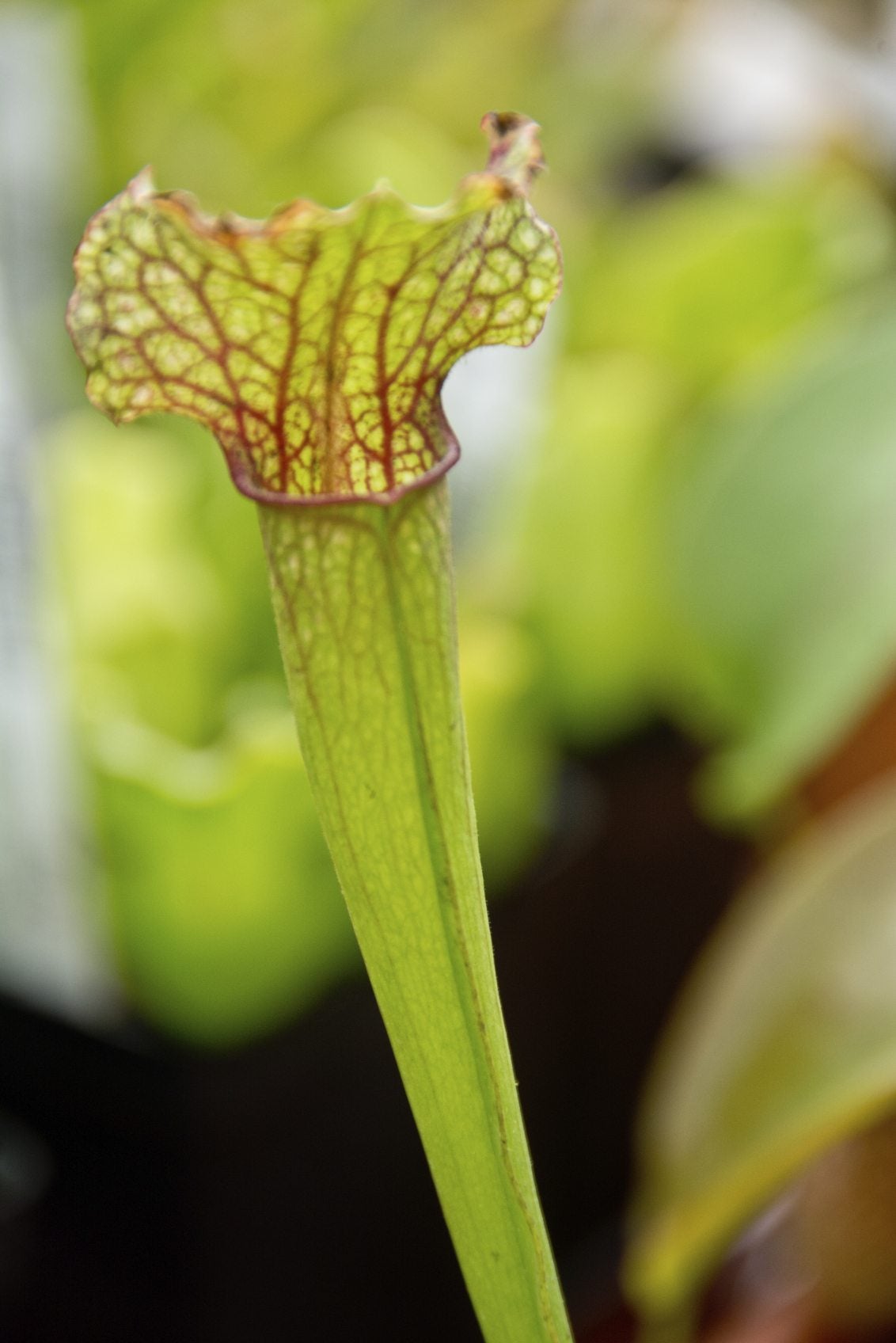 Carnivorous Plant Problems: Why A Pitcher Plant Has No Pitchers
Carnivorous Plant Problems: Why A Pitcher Plant Has No PitchersIf you're having carnivorous plant problems, such as a pitcher plant not making pitchers, it may require some troubleshooting to determine the problem. For helpful tips on this issue, simply click on the following article.
By Mary H. Dyer
-
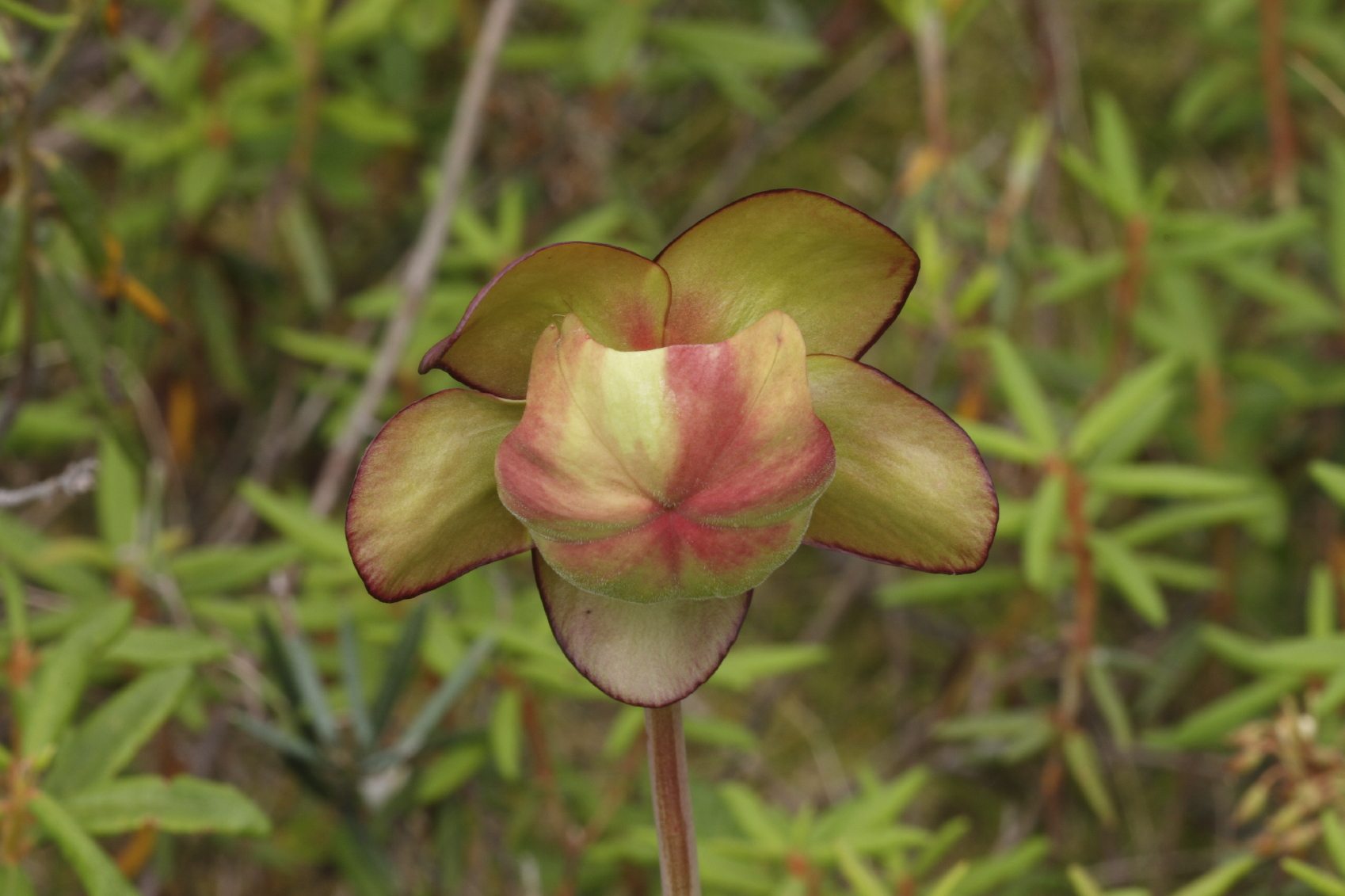 Pitcher Plant Seeds: Guide To Pitcher Plant Seed Growing
Pitcher Plant Seeds: Guide To Pitcher Plant Seed GrowingPitcher plant seed sowing is one of the best ways to reproduce this beautiful plant. But like the seeds of other carnivorous plants, they need special treatment to give them their best chance of growing. Click this article to learn more.
By Teo Spengler